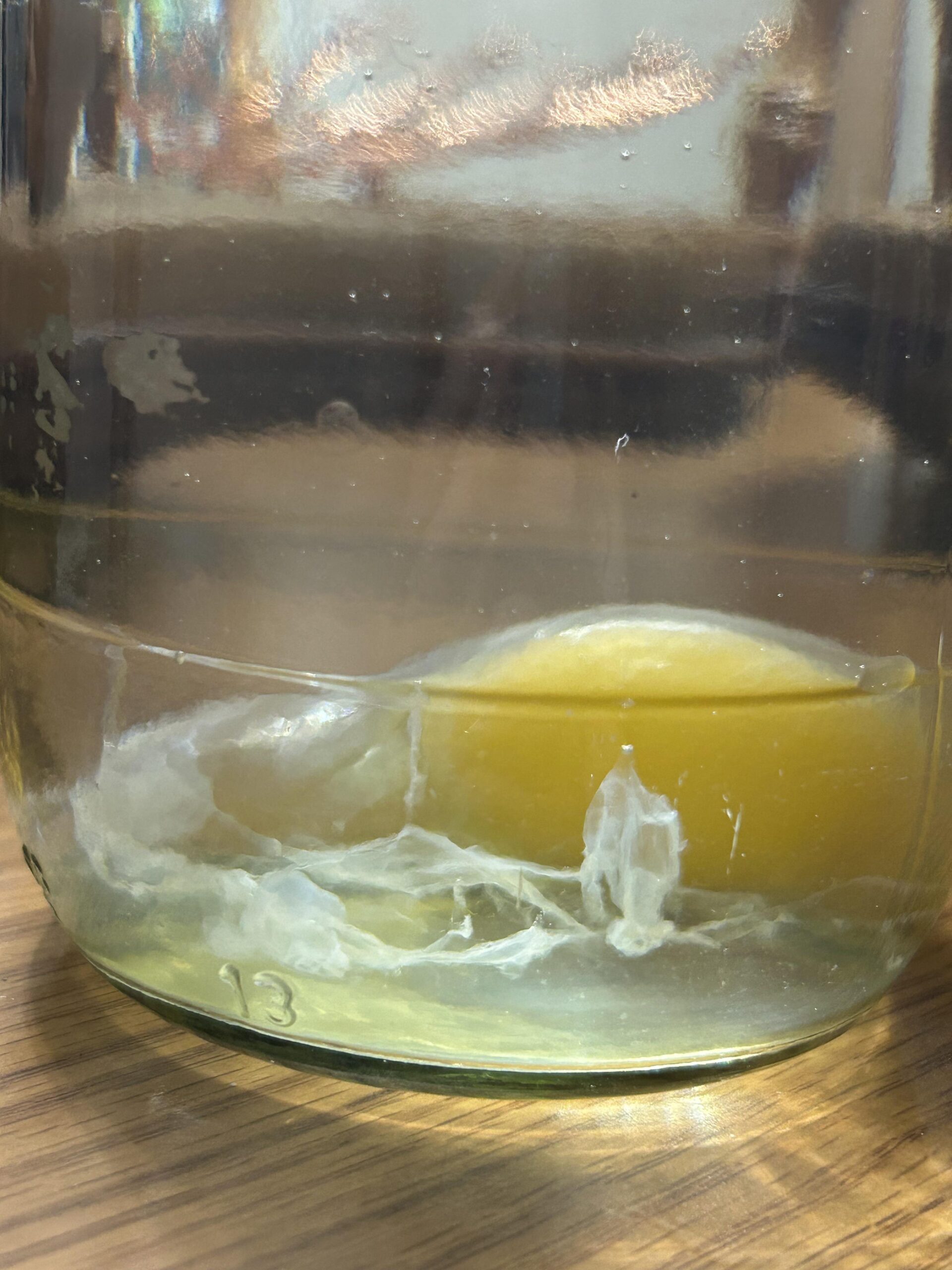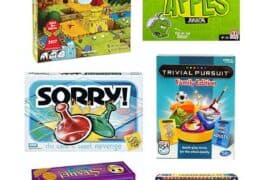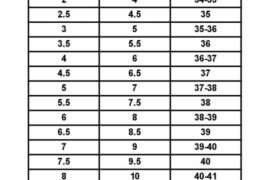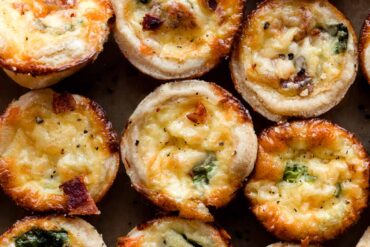Embark on the Egg-cellent Adventure of Egg Reading with your Little Ones!
Hello, wonderful parents! Are you looking for a unique, educational, and super fun activity to enjoy with your kids? Look no further! Egg reading, or ovomancy as it’s sometimes called, is a delightful and creative way to spend quality time with your children while sparking their imagination and curiosity. In this comprehensive guide, we’ll hop into everything you need to know about egg reading, and why it’s about to become your family’s next favorite pastime!
What Is Egg Reading?
Egg reading is a fantastic and multifaceted activity that can mean different things. For some, it’s a traditional form of divination, a way to tell fortunes or find guidance. But let’s focus on the accessible side of egg reading that’s perfect for families: using eggs for storytelling, science experiments, and arts and crafts!
In this family-friendly version, egg reading involves examining the shapes and patterns formed when an egg white is dropped into hot water. These formations can serve as a catalyst for storytelling and imagination. What’s more, egg reading can double as a simple science experiment, giving your kids a hands-on experience with concepts like protein coagulation and heat reactions.
Why Egg Reading Is a Great Activity for Kids
Let’s crack into why egg reading is an egg-ceptional educational tool:
- Stimulates Creativity: The random shapes and patterns formed in egg reading are perfect for creative interpretation and storytelling.
- Teaches Basic Science: What happens to an egg when it hits hot water? This activity offers an engaging way to teach kids about scientific principles.
- Quality Family Time: Egg reading is a wonderful way to bond. It’s an activity that children and parents can enjoy together, building memories and learning side by side.
- Enhances Critical Thinking: By questioning why and how patterns form, kids can develop their critical thinking and problem-solving skills.
- Cultural Education: You can also delve into the history and tradition of egg reading across various cultures, broadening your child’s worldview.
Materials You Need to Get Started
Before we jump into the step-by-step process of egg reading, let’s gather our materials. Don’t worry; you might already have most of these at home!
- Fresh eggs (preferably white-shelled for better visibility)
- A pot of water
- A stove or an electric kettle to heat the water
- A clear glass or heat-resistant bowl
- A slotted spoon or tongs
- Paper and pencils for drawing interpretations
- An egg timer or stopwatch (optional, but helpful)
How to Perform the Egg Reading Experiment
Now that we’ve got our materials, let’s get cracking! Follow these simple steps to conduct your very own egg reading activity:
- First, ensure that everyone involved in the egg reading is well-instructed on safety, especially when handling hot water.
- Heat up the water until it’s hot but not boiling – around 80-90 degrees Celsius (176-194 degrees Fahrenheit) is ideal.
- While waiting for the water to reach the right temperature, let your kids guess what patterns the eggs might make. This is a great opportunity to start the storytelling process.
- Once the water is ready, carefully crack an egg and separate the egg white from the yolk. The egg white is what you’ll be using for the reading.
- Gently pour the egg white into the hot water. Watch closely as it begins to form shapes and patterns. Let the children observe and start their imaginative engines!
- Interpret the shapes together. What do they look like? What story might they tell? Remember, there are no wrong answers here – just lots of fun!
Egg reading with your children is more than just a simple activity; it’s an egg-citing voyage into the world of learning and fun. Stay tuned as we further explore creative storytelling techniques and delve into the science behind the transformation of the egg white in part two of this comprehensive guide. Your family’s educationally entertaining egg adventure awaits!

Five Things Parents Should Know When Preparing for Egg Reading
Before you dive into the wonderful world of egg reading with your kiddos, there are a few handy tips and nuggets of wisdom you should know. These will ensure a smooth and joyful experience for everyone involved.
- Safety first: The most important aspect of this activity is keeping everyone safe. Handling hot water can be risky, so always supervise children closely around heat sources. Make sure handles of pots are turned inward and out of reach, and that you have everything prepared and within arm’s reach before starting the experiment. Safety gloves or oven mitts can be handy when handling the hot bowl or glass.
- Egg Quality: Use fresh eggs for this activity. Fresh eggs will have clearer whites, which can enhance the visibility of the shapes and patterns. Additionally, fresher eggs are more likely to form cohesive shapes when they hit the hot water, rather than dispersing or becoming too wispy to interpret.
- Get Creative: Encourage your kids to think outside the box when interpreting the shapes. They might see animals, objects, or even landscapes. Prepare some storytelling prompts in advance in case they get stuck. You can even turn it into a drawing session – have your kids sketch the shapes they see or the stories they imagine.
- Prepare for Mess: Things might get a bit messy when you’re cracking eggs and working with hot water. Make sure the work area is easy to clean – perhaps cover the table with newspaper or a washable tablecloth. Keep some towels and wipes handy for quick clean-ups.
- Include Educational Elements: Make egg reading a learning experience too. Talk about why the egg whites change state when they hit the hot water, discuss the science of temperature changes, or the history of egg divination. This can be a wonderful opportunity to blend education with fun.
Unleashing Imagination: Storytelling with Egg Reading
One of the most magical parts of egg reading is the storytelling. Parents can help their kids find characters and narratives in the unique shapes that form. Nurturing their imagination can be as simple as asking open-ended questions about what they see and what could happen next in the story they envision. Support your child’s creativity by embracing their ideas and adding to the tale with your own thoughts.
Exploring the Science Behind Egg Reading
Egg reading isn’t all about stories and predictions – it’s also a lesson in basic science. As the egg whites transform in the hot water, seize the chance to discuss concepts like protein denaturation, thermodynamics, and even white egg nutritional facts. This hands-on experiment makes learning these principles much more graspable and memorable for little minds. It’s a fantastic way to connect real-world science experiments with practical learning.
By following these egg-squisite tips and tricks, you’ll be well on your way to mastering the art of egg reading with your children. This activity isn’t just a way to pass the time; it’s an opportunity to grow imaginations, teach valuable lessons, and create heartwarming memories that will last a lifetime. So grab your eggs and get ready for an egg-cellent adventure in learning and fun!
For more great articles please see here. For more information see here
Disclaimer
The articles available via our website provide general information only and we strongly urge readers to exercise caution and conduct their own thorough research and fact-checking. The information presented should not be taken as absolute truth, and, to the maximum extent permitted by law, we will not be held liable for any inaccuracies or errors in the content. It is essential for individuals to independently verify and validate the information before making any decisions or taking any actions based on the articles.




